General knowledge
Réalta talún are not just your average mushrooms, growing anywhere, everywhere and each time, water is there for them. While it is true, that they typically choose places often frequented by other people, they are found in other places, normally not visited by people, like isolated bog islands or forest deeps. Independent of the cause, they are believed to act as a superseed between the dead and the living. It does not matter which living, nor which dead. There seems to be a link running in the bloodline of all those born within the borders of the Saveni land. A possibility exists to talk to souls of the dead if the réalta talún are harvested from the place of burial.
Species
Not many people actually see into the differences between réalta talún. Most of them see just a star-shaped mushroom with breast in the middle. Most of them are blind to the details, though important when it comes to distinguishing the more useful ones.
Cíche foraoise
Around the time the young sheep are born, the cíche talún start sprouting like mad. These mushrooms are known mainly for two of their properties: the aphrodisiac for humans and a food source for rodents. Mice and voles nibble them often at the start of season. Not only does it provide additional nutrition, it helps the mushroom spread the spores through the forest and expand its territory. People use them for love games but in a passive way. Cíche talún grow in places favoured by vines, such as philanderers, which are by their own, thought of as "lovers plants". The spores are released starting fourth moon and last through the whole summer. A common belief says that they're most potent on the night of the Summer Solstice, and especially on the Summer Festival.
Flùr foghair
Considered one of the first signs of Fall, flùr foghair bloom when the days become colder and nights longer. They have no special use in healing, but are often used for transition ritual to places strongly connected to the form of autumn. Occassionally they form fairy rings around juniper seedlings and grow more and more distant over the years. When the plant is about 0.7 m tall, only single flùr foghair will be found there. They are often mistaken by novices for Cíche foraoise for the resemblance they share, but the latter grown only until the summer ends. A good indicator of coldness in some particular place can be estimated by the color of the berry of flùr foghair. As it gets colder, the berry turns darker until pitch black, when frosts arrive. As local folk say in the Old Tongue Flùr an fhoghair, bidh e fuar.
Bláth castáin
Along with the chestnuts falling down and breaking loose the glistening brown fruit, bláth castáin burst open to reveal their creamy pillows decorated with many pin-sized holes. This mushroom is not only named for how it resembles the chestnut fruit when still hanging on tree. It often grows in groups of 2-7 near the larger roots of the pink-flowered chestnuts. The strong resemblance is shared by the insects feeding on the fruit and leaves. Many species of moths eat through the rind to lay eggs inside. The mushroom however only smells similar but does not have any nutritional value, causing the larvae to die of starvation. Thus, bláth castáin coexist with pink-flowered chestnuts by increasing the chances of fruit to be passed further by boars and other animals and getting essential minerals, water and resins in return.
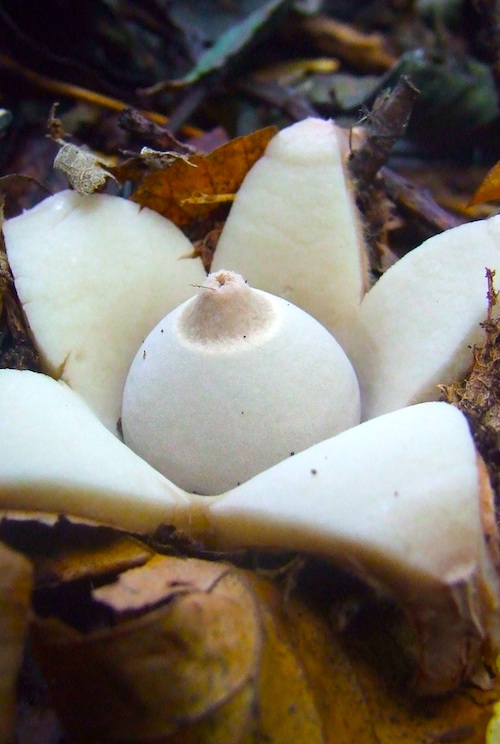

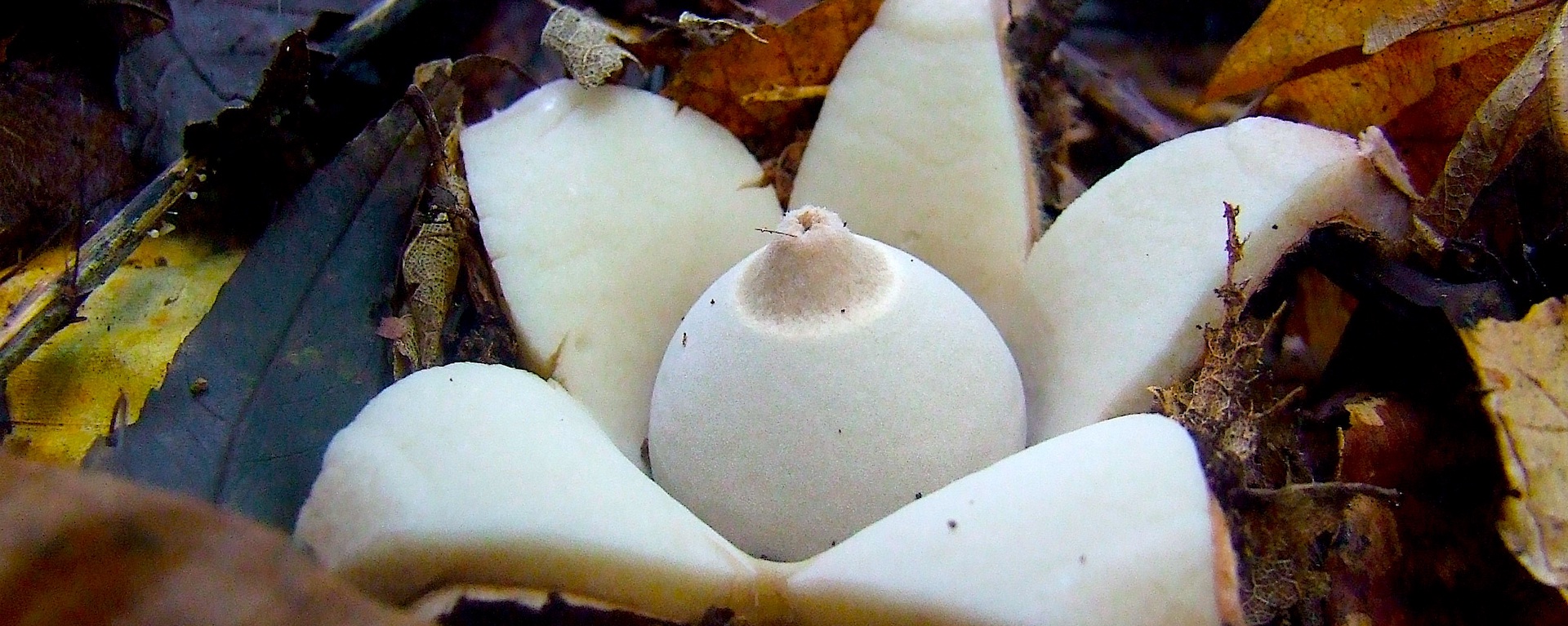
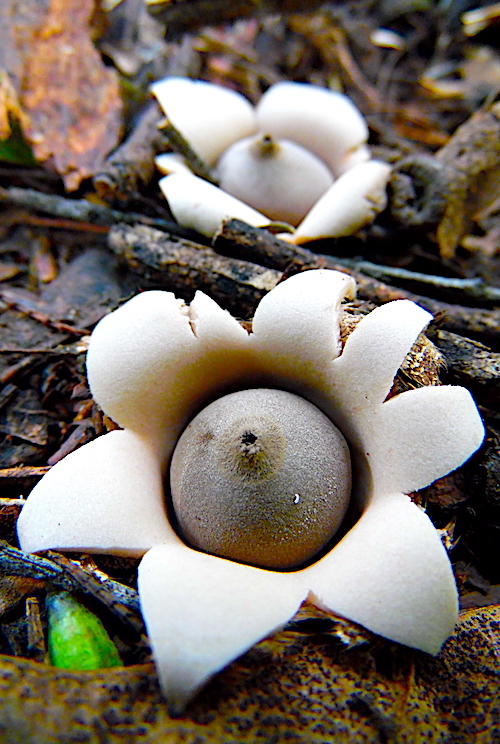
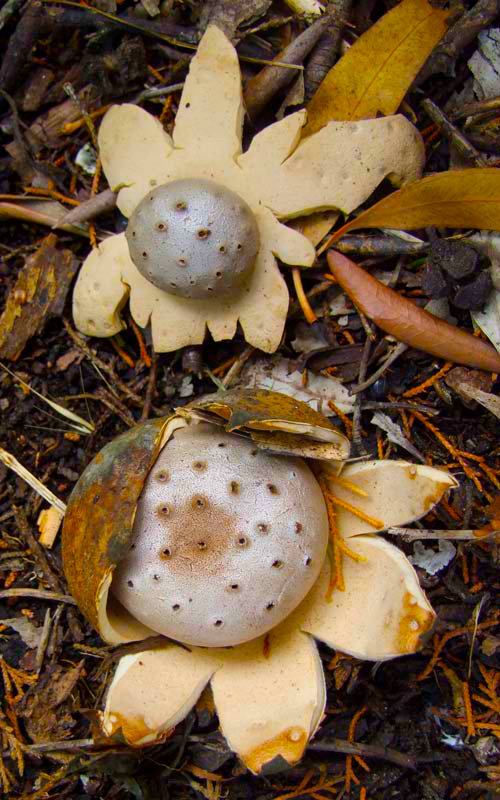
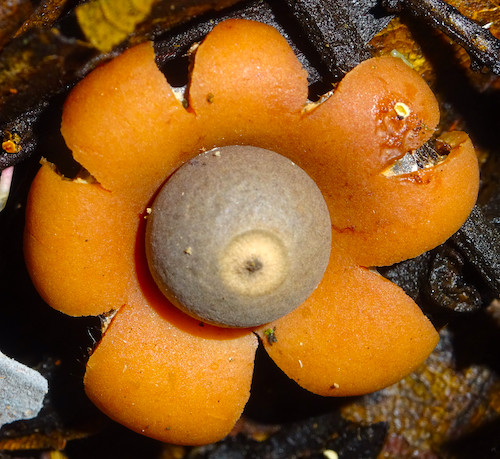
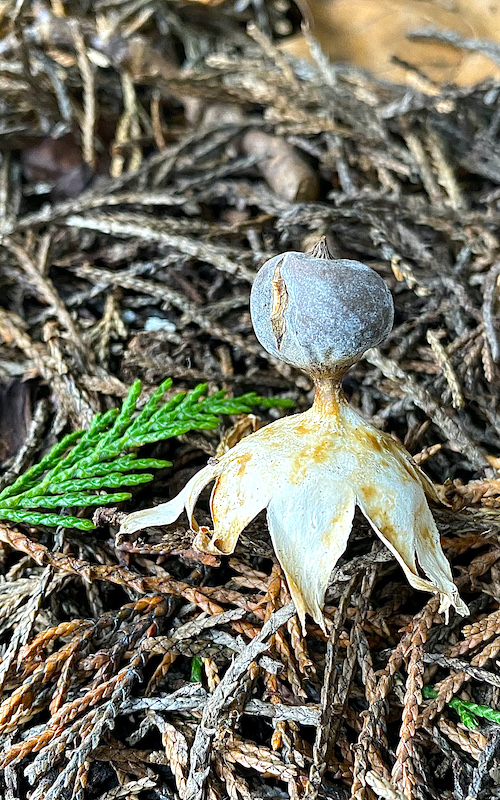
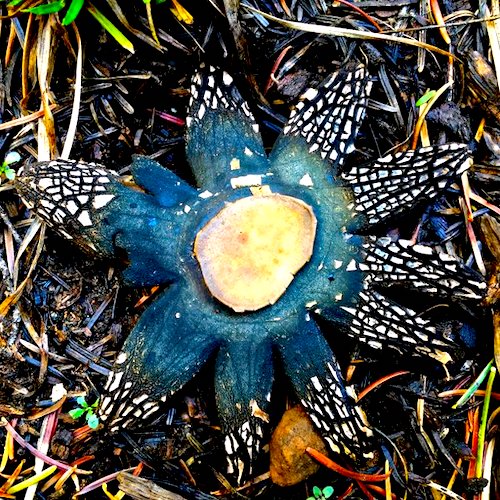

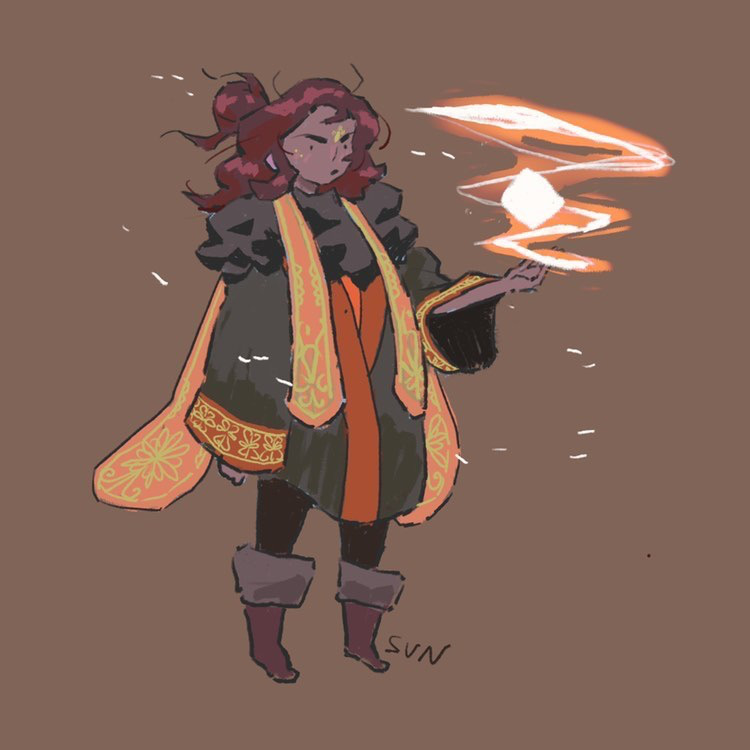


This really is magnificent. I've read it three times and it gets better with each read. Nicely done! I love the quotes that give some idea of how the species is viewed by cultures. I really can't think of anything I could suggest! This is nice!
Thank you! :)